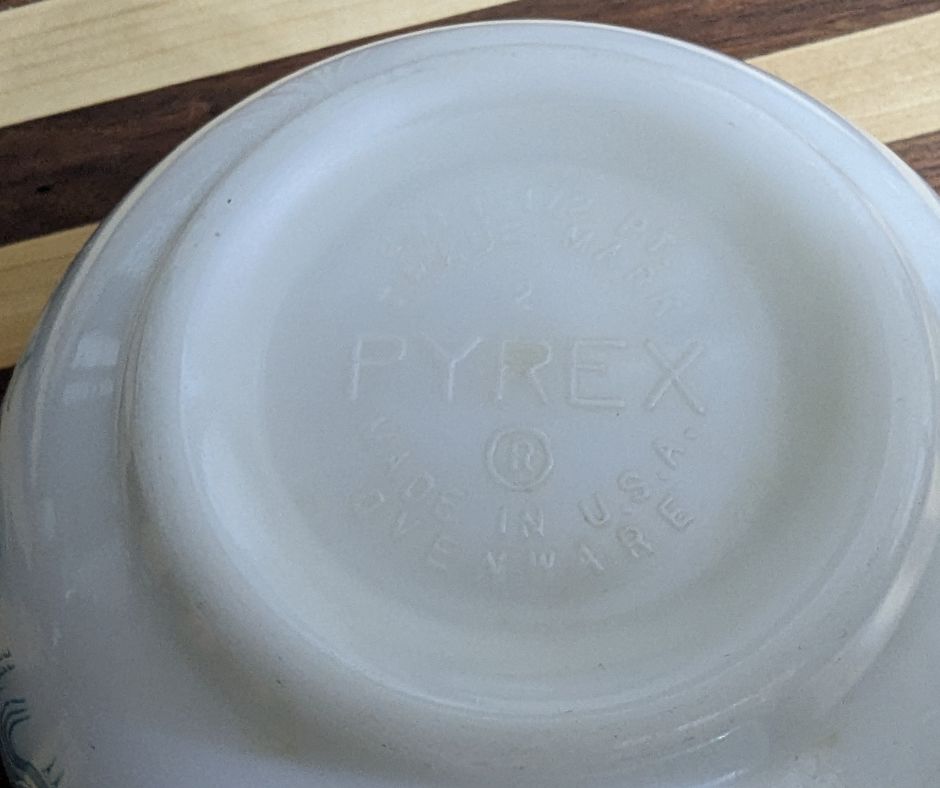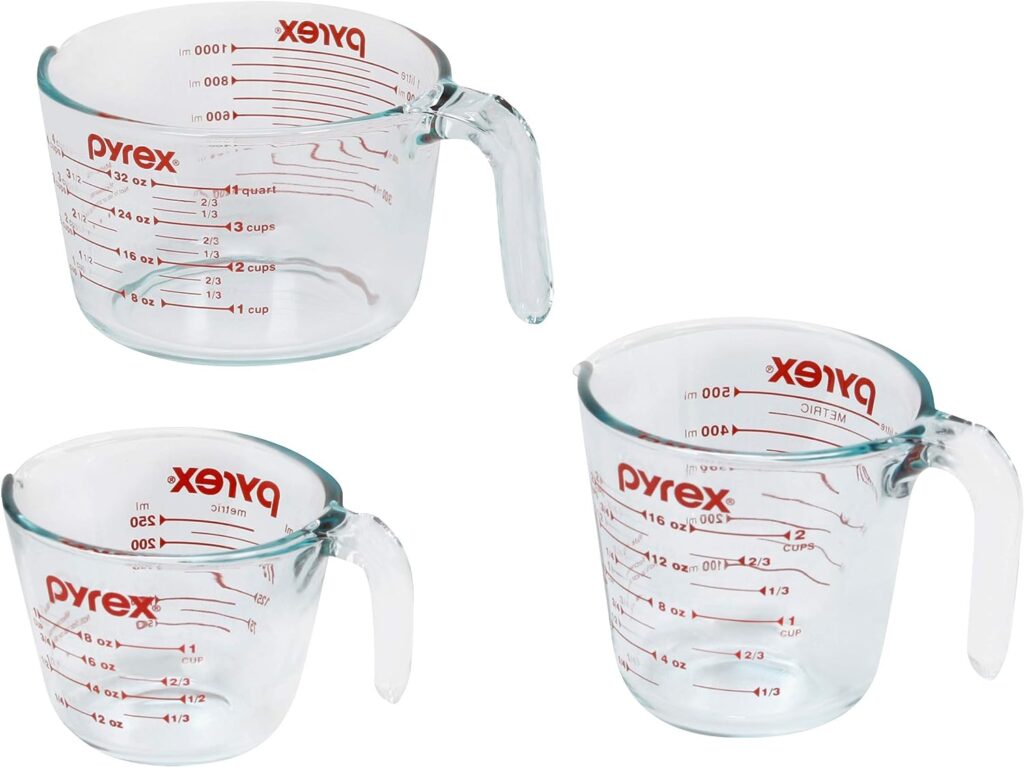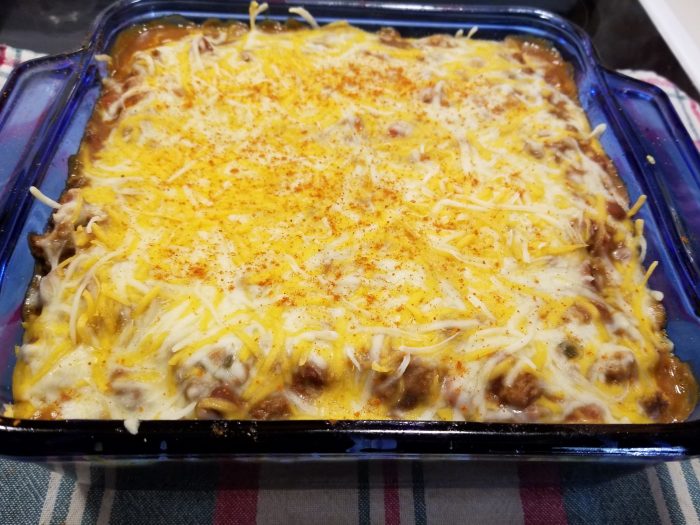Why does your glass cookware keep exploding?
Have you ever heard the startling sound of glass shattering in your kitchen? Or perhaps you’ve encountered heated debates in online forums about the reliability of that trusty glass bakeware in your cabinet? The controversy surrounding PYREX and pyrex is more than just a matter of capitalization. It’s a tale of two glasses; it could mean the difference between a delightful dinner and a disastrous mess for the unsuspecting home cook .
A Tale of Two Glasswares: UPPERCASE vs. lowercase
PYREX (stamped in all uppercase): A name that once echoed reliability and durability. Introduced in 1915 by the Corning Glass Works in the U.S., this borosilicate glass wonder was the darling of kitchens and labs alike. Its unique composition made it resilient to dramatic temperature changes, ensuring your grandma’s casserole was safe from oven to table. That thermal shock resistance was why your grandma loved it. She could make casseroles in advance, then move them from the freezer to the hot oven with no fuss.
I was fortunate enough to have a Grandmother who was an avid collector. She could not take them to her retirement apartment and gave them all away to anyone who wanted it. I was fortunate to get the pieces from her classic “Butterprint” or what some call the “Amish collection.” I’ve also amassed several dozen other pieces at estate sales, thrift stores, and on various treasure hunts. While Butterprint is my main love, I don’t turn down any finds.
Anyways – here’s what the pre-1950s stamp should look like:

pyrex (stamped in all lowercase): Fast forward to the 1950s, and a shift occurs. The brand updates its materials. But that move leads to a change in both branding and material. Enter soda-lime glass, the new material of pyrex. It also meant a change to all lowercase letters on the cookware. While sturdier against a drop or fall, it’s not as forgiving when faced with rapid temperature shifts.
Notice how the brand name is all in lowercase on this measuring cup set – that’s how modern-era bakeware looks.

pyrex three-piece glass measuring cup set: one cup, two cup, four cup.
The Heart of the Matter: Why Material Matters
- Borosilicate Glass (The Original Hero): Comprising silica, boron trioxide, soda ash, and alumina, borosilicate glass was the superhero of thermal shock resistance. Its ability to handle temperature roller-coasters made it a kitchen staple.
- Soda-Lime Glass (The Modern Contender): Predominantly made from sand, soda ash, and limestone, this glass type is the everyday champion of containers and windows. It’s tougher against drops but can be temperamental with temperature tantrums.
Navigating the Glass Minefield
The transition from borosilicate to soda-lime has been the spark igniting many kitchen debates (and disasters):
- Thermal Tantrums: The modern pyrex doesn’t take kindly to sudden temperature changes. That move from freezer to oven? Think twice.
- The Danger of Assumptions: Many of us, armed with tales of the old PYREX’s resilience, might unknowingly play with fire (or ice) with the new pyrex.
- “Explosive” Reactions: While not a literal explosion, the dramatic shattering of modern pyrex dishes has left many a home cook startled and seeking answers.
When Pyrex Goes Boom: The Unseen Consequences in Your Kitchen

The sudden and unexpected shattering of a pyrex dish can be a startling experience for any home cook. While the immediate concern is often the potential for injury, the aftermath of such an event can have a ripple effect throughout your kitchen.
While this cookware remains popular for many due to its versatility and aesthetic appeal, it’s essential to be aware of the potential risks and handle them with care. By understanding the possible consequences of a pyrex explosion, you can take precautions to minimize risks and ensure a safer cooking environment in your kitchen.
Let’s explore the potential damages and disruptions that can occur when pyrex “explodes.”
1. Physical damage to appliances and surfaces
- Ovens and Microwaves: Fragments of glass can become lodged in oven racks, heating elements, or the microwave’s interior. This can cause scratches, malfunctions, or even short circuits in some cases.
- Countertops and Tables: Sharp shards can scratch or gouge wooden, laminate, or even stone surfaces.
- Other Kitchenware: If other dishes, especially those made of glass or delicate materials, are nearby, they can also be damaged by flying shards.
2. Risk of contamination
- Food Safety: Any food in the vicinity of the shattered material is at risk of glass contamination. This makes it unsafe for consumption, leading to potential waste of ingredients and prepared dishes.
- Utensils and Appliances: Glass shards can get into toasters, blenders, or other kitchen gadgets, making them unsafe to use until thoroughly inspected and cleaned.
3. Cleanup challenges after a pyrex incident
- Tiny Shards: The explosion or shattering can result in minuscule glass fragments that are hard to see but can easily embed in soft materials like dishcloths, towels, or sponges. This poses a risk of injury during cleanup or when using these items later.
- Extended Cleanup Time: Thoroughly cleaning up after a pyrex mishap can be time-consuming. Every nook and cranny must be inspected to ensure safety, especially if you have pets or small children.
4. Potential for injury
- Immediate Danger: The incident can result in cuts or injuries, especially if someone is near the dish when it shatters.
- Hidden Hazards: Tiny, almost invisible shards can remain on the floor or counters, posing a risk for cuts or injuries long after the initial cleanup.
5. Loss of cooking confidence
- Loss of Confidence: Experiencing a pyrex explosion can make some individuals hesitant or anxious about using glass bakeware in the future.
- Stress: The sudden nature of the event, combined with the extensive cleanup and potential for injury, can be a significant source of stress.

Pyrex Playbook: Tips for Safe and Stress-Free Cooking
This cookware has long been a staple in kitchens worldwide, offering both functionality and aesthetic appeal. However, as with all kitchenware, using it safely is paramount. Here’s your guide to ensuring your cooking or baking experience is both delightful and disaster-free, regardless of which brand of bakeware you use.
1. Understand the material
- Know the Difference: Familiarize yourself with whether you have borosilicate (original PYREX) or soda-lime glass (the modern variety) to understand its strengths and vulnerabilities.
2. Avoid rapid temperature changes
- Preheat Gradually: Instead of placing your pyrex dish in a preheated oven, put it in the oven as it heats up. This allows the dish to adjust to the temperature change gradually.
- Thaw Before Heating: If you’ve stored food in the freezer in a your dish, allow it to thaw in the refrigerator before baking or reheating.
3. Use protective barriers
- Trivets and Pot Holders: Always use a cloth potholder or a trivet when placing a hot pyrex dish on a countertop or table to avoid direct contact with cold surfaces.
- Avoid Wet Surfaces: Placing a hot pyrex dish on a wet or damp surface can increase the risk of thermal shock. Ensure surfaces are dry before setting down your dish.
4. Inspect pyrex before use
- Check for Scratches or Cracks: Even minor damage can compromise the dish’s integrity. If you notice any defects, it’s safer to retire that piece.
5. Safe storage
- Avoid Stacking: If you must stack your pyrex dishes, ensure there’s padding (like a cloth or paper towel) between them to prevent scratches.
- Room Temperature Storage: Store your pyrex dishes at room temperature. Avoid storing them in very cold or very hot areas.
6. Clean pyrex with care
- Avoid Abrasive Materials: Use soft sponges or cloths when cleaning to prevent scratching the surface. Scratches can weaken the dish over time.
- Let It Cool: Before washing a hot pyrex dish, allow it to cool to room temperature. Plunging a hot dish into cold water can cause it to shatter.
7. Be mindful of microwave oven use
- Use Microwave-Safe Lids: If covering food in the microwave, use microwave-safe covers or lids. Treat the microwave with the same caution as you would the conventional oven as far as using pyrex.
8. Educate and inform
- Household Awareness: Ensure all family members, especially those who cook, know the proper care and handling of all your pyrex dishes.
When used with care and awareness, pyrex can be a reliable and beautiful addition to your kitchen repertoire. By following these safety tips, you can enjoy the benefits of pyrex while minimizing potential breakage.
The Takeaway: Pay Attention to Which Pyrex You Have When Cooking
Understanding the nuances of PYREX vs. pyrex is crucial as we stand at the crossroads of tradition and modernity. For those who cherish the memories and reliability of the original PYREX, vintage hunting might be the way to go. But caution and awareness are your best allies when navigating the modern pyrex landscape.
So, next time you reach for that glass dish, remember: it’s not just about uppercase or lowercase. It’s about knowing your glass and cooking with confidence.
- Are Geraniums Annual or Perennial? - 09/21/2024
- DIY Home & Garden: Featured on ApartmentGuide - 09/21/2024
- Bacon: Creative Uses That Go Beyond the Breakfast Table - 09/08/2024


